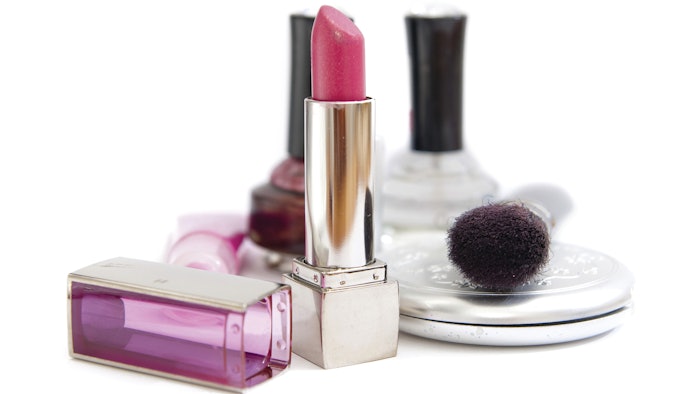
Read the full article in the January edition of C&T Magazine
The clean beauty movement has grown in importance in recent years despite the term clean beauty being more 50 years old.1 At that time it was used to describe products that performed a beauty function while leaving the skin with a clean — i.e., no products applied — appearance. Today, the term has no clearly defined meaning. It is generally aligned with the movement to use natural or naturally derived ingredients. Many consider it just another way to signify organic and natural ingredients.
In contrast, the term responsible beauty has been used to describe not a product benefit, but a way to do business. It was popularized in 2017 with the announcement of the Responsible Beauty Initiative (RBI) by a group of companies in the industry: L’Oréal, Groupe Rocher, Clarins, Coty and L’Occitane.2 Its goal is to improve sustainability throughout the entire beauty supply chain through sharing best practices and processes, driving a common understanding across the industry, and using and sharing common tools to create efficiencies.
Procter & Gamble recently broadened the meaning of responsible beauty to include the guiding principles of quality and performance, safety, sustainability, transparency and equality and inclusion.3 This approach offers a way of doing business while also building a sustainable world, improving the quality of life and respecting human dignity. In this case, responsible beauty is not a claim to help sell products but something that should be practiced every day.
Ours is certainly not the only industry trying to follow these business principles. However, responsible beauty has deep roots in the cosmetics industry, despite it being a relatively new term.
This article highlights five stories of the industry’s responsible beauty roots. One dates back 35 years; another, 65 years; and three are more than 100 years old.
35-Year-old Roots: Helping People in Need
In 1987, a physician asked the president of the industry trade association (now known as the Personal Care Products Council) for help with a cancer patient suffering from severe depression due to the effects of cancer therapy on her appearance. Ed Kavanaugh, council president at the time, quickly arranged for a cosmetician from the industry to visit the woman and, with the help of cosmetic products, dramatically improve her appearance.
The physician reported a great improvement in the patient’s well-being, confidence, self-esteem and attitude toward recovery. Kavanaugh thought if that is what it took to help one person in need, the industry could certainly do more. Within a few years, an industry-supported program was established called Look Good Feel Better.4
Read the full article in the January edition of C&T Magazine
References
- ElBoghdady, D. (2020, Mar 11). ‘Clean’ beauty has taken over the cosmetics industry, but that’s about all anyone agrees on. Available at https://wapo.st/3WmySwr
- Responsible Beauty Initiative. (2017, Oct 10). Available at https://responsiblebeautyinitiative.com/
- Procter & Gamble. (2020, Jun 12). P&G responsible beauty. Available at https://us.pg.com/responsible-beauty/
- Look Good Feel Better. (2021, Feb 8). History of Look Good Feel Better. Available at https://lookgoodfeelbetter.org/about/history/#main











